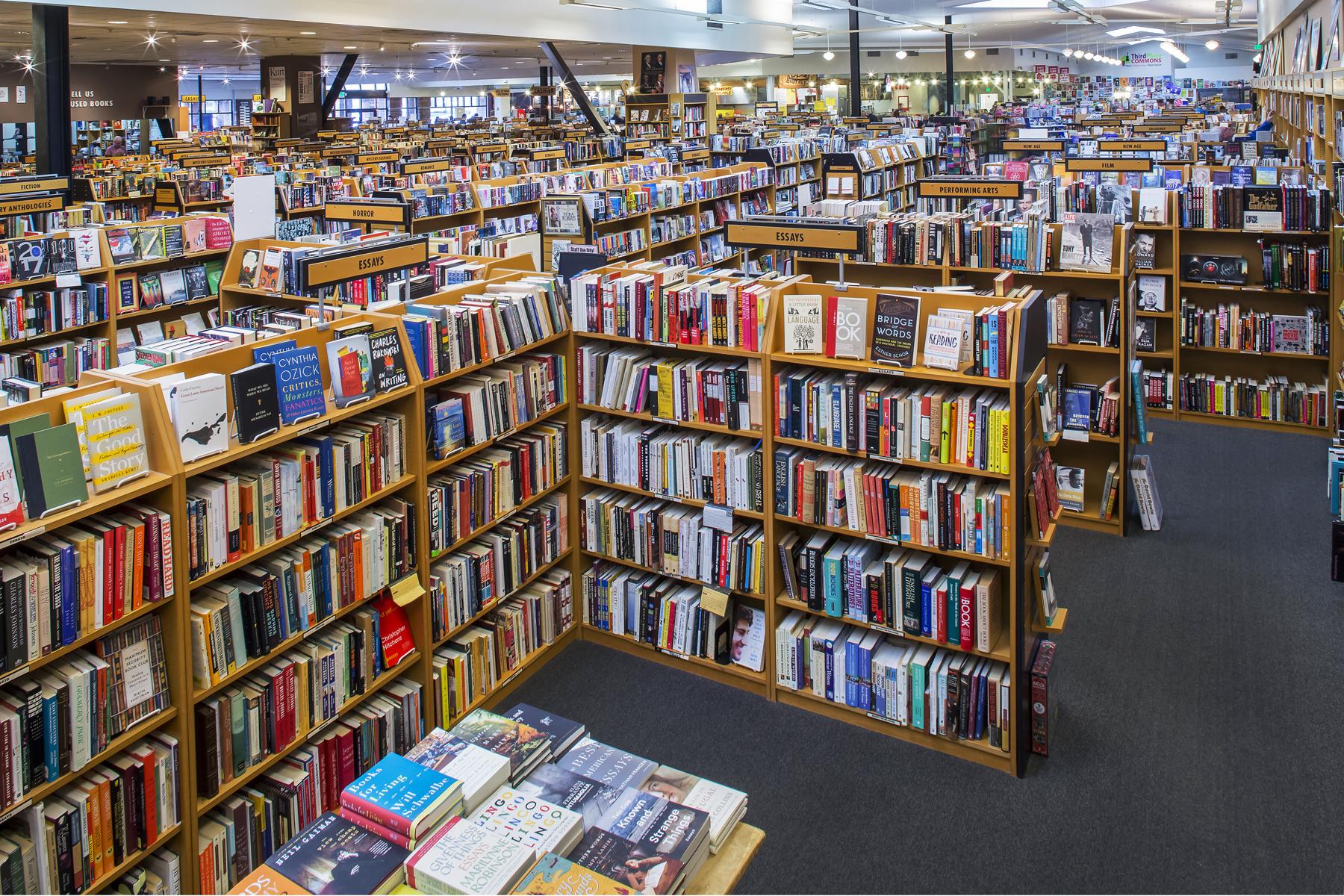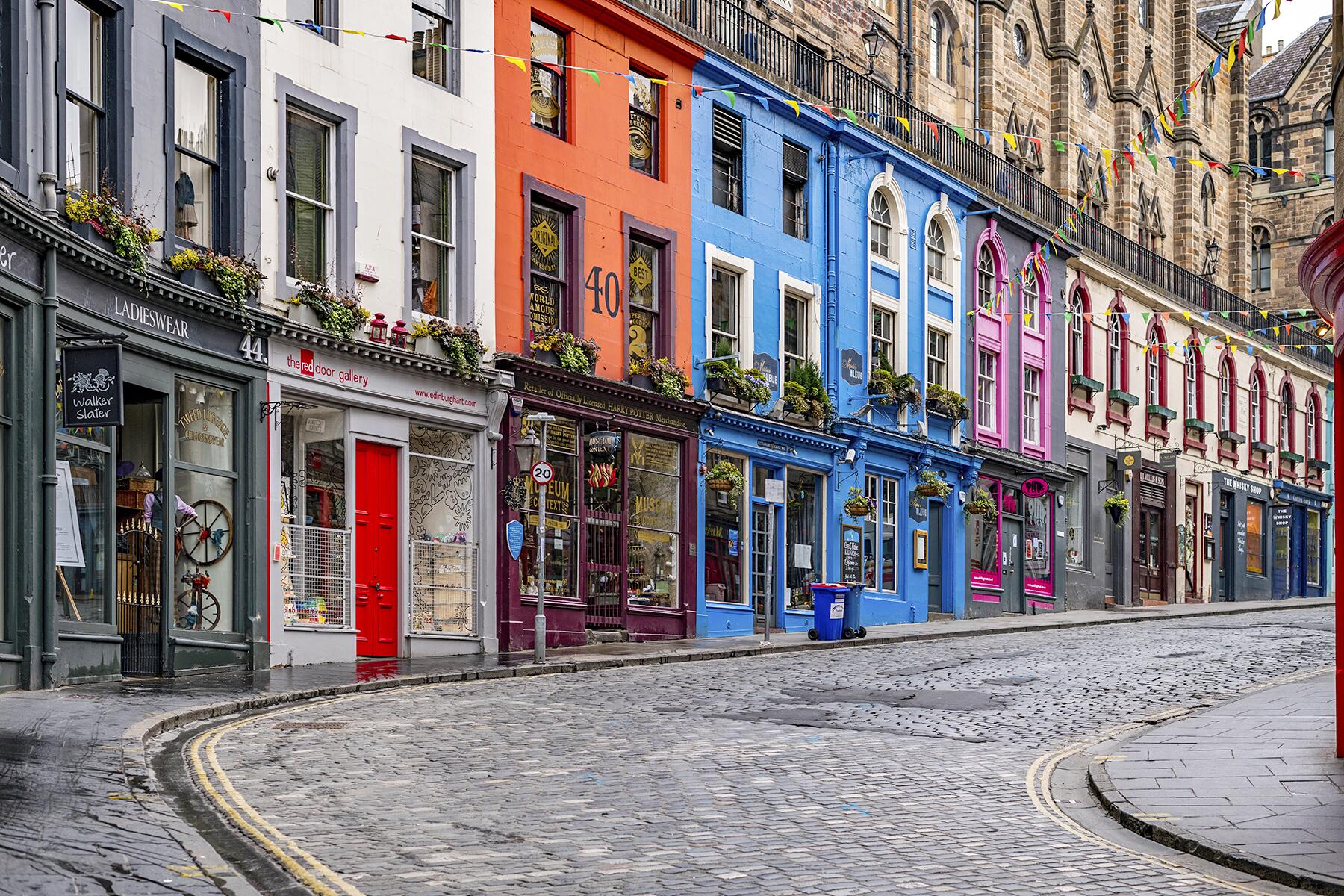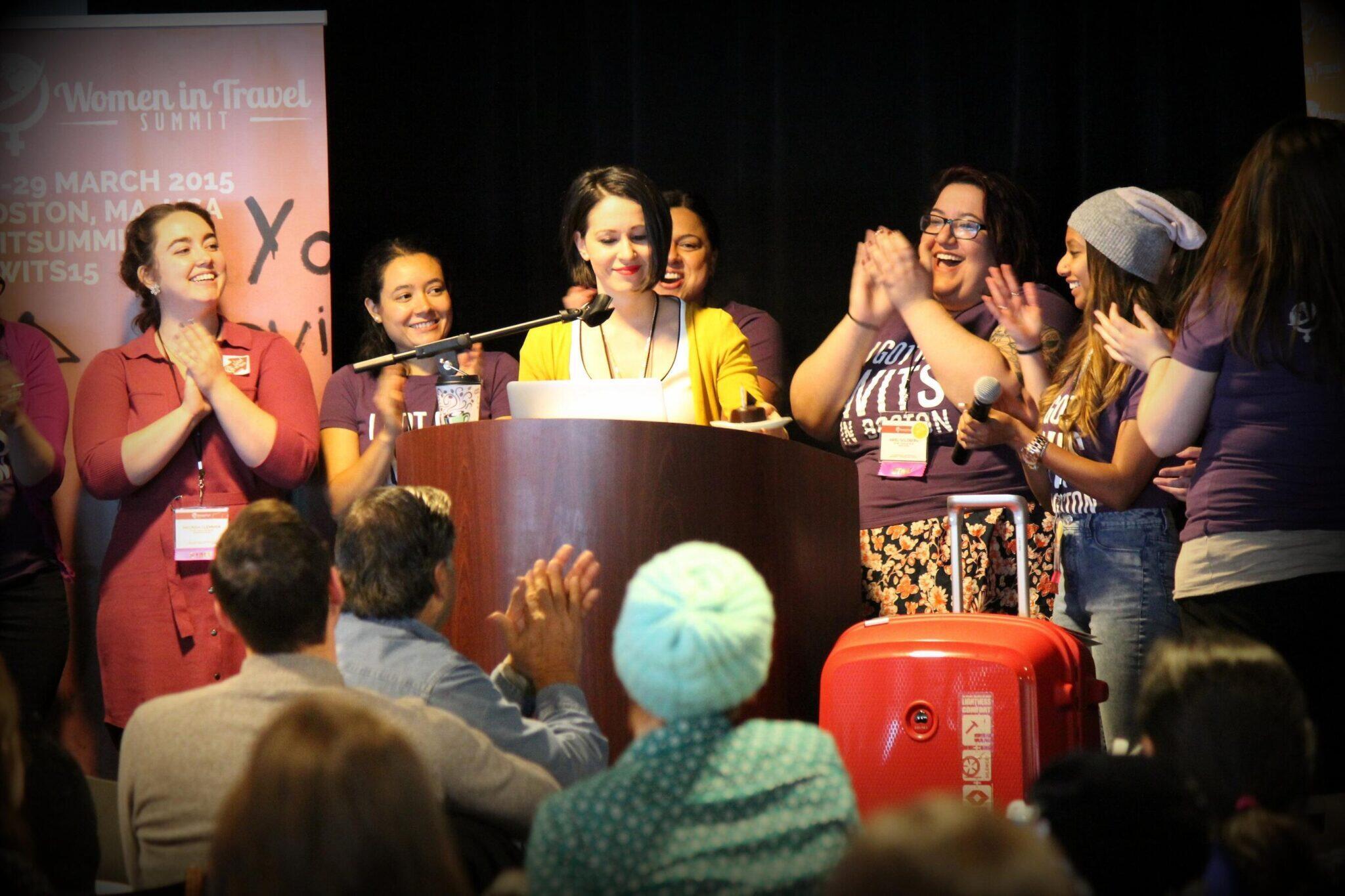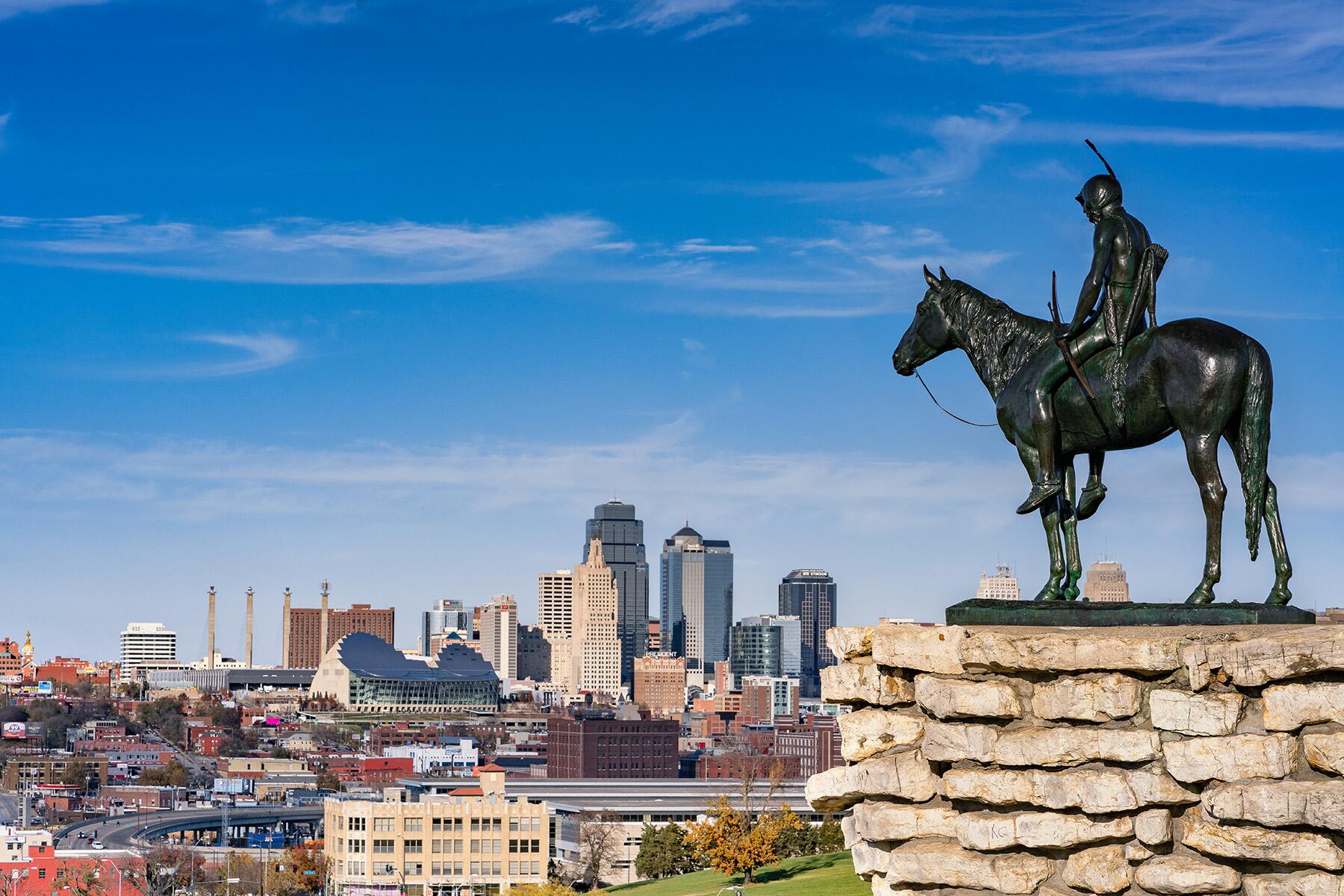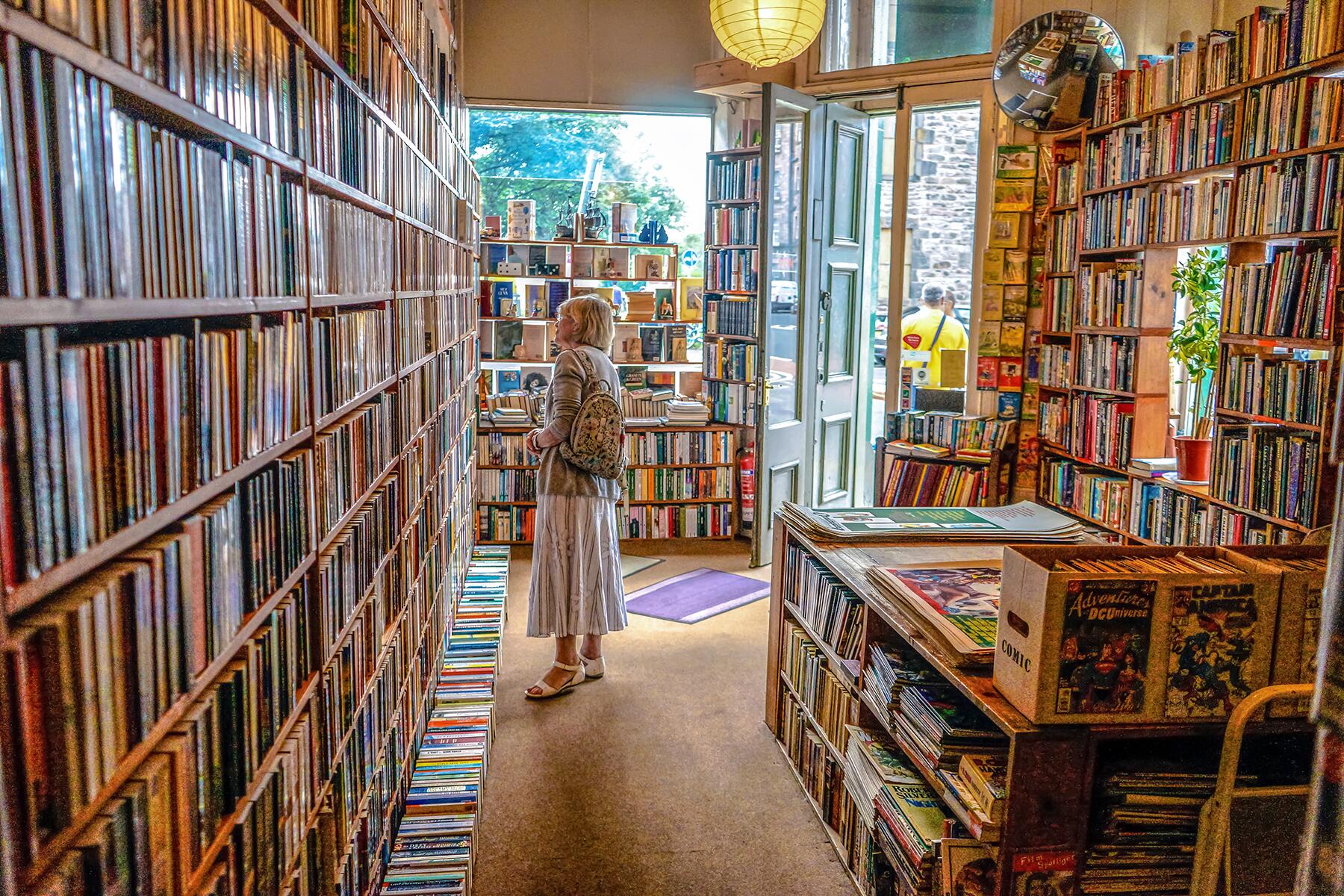- ⁄
- Travel News
- ⁄
- Books •
- Shopping
From New York to Tokyo.
November is a chill month. The holiday season is going to hit full throttle soon—more so this year as the U.S. lifts travel bans—so you can take these few weeks and start to wind down from another chaotic year. And if you’ve clicked on this headline, then you know the relaxation we recommend involves a book (or ten).
This is a mix of fiction and nonfiction that will take you to different parts of the world and perhaps give you inspiration for travels in 2022. Give that travel bucket list another look because you will want to retrace the steps of these authors and characters.
Top Picks for You
Pachinko
Author Min Jee Lee has written a historical, multi-generation fictional novel. Sunja is in love with a wealthy fish broker in Korea, but on learning that he’s married, the pregnant teenager marries a minister on his way to Japan. Life takes a turn when she discovers the ugly side of racism and poverty in 20th century Osaka. The story follows her children and grandchildren, and their struggles as immigrants in a country that considers them less-than.
The international bestseller is a saga that continues for almost a century: Japan’s annexation of Korea, World War II, and the themes of poverty, racism, identity and lineage, and love and shame. The book also celebrates proud, loyal women who show strength and indomitable spirit to protect their families.
Before the Coffee Gets Cold
From the outside, it’s an ordinary cafe in a back alley in Tokyo. It has been serving brews for more than a hundred years, but there’s another reason to visit: it can take you back in time. You have to sit on this one chair and come back to the present before your coffee gets cold. And you can’t leave the cafe when you visit your past.
Four people go back in time in four interconnected stories in this book. Forgive the slow start, Before the Coffee Gets Cold is emotionally charged, with tales of two lovers, two sisters, a husband and wife, and a dying mother who wants to meet her daughter. The short novel is written by Toshikazu Kawaguchi and translated in English by Geoffrey Trousselot.
Recommended Fodor’s Video
Istanbul: Memories and the City
“After the Ottoman Empire collapsed, the world almost forgot that Istanbul existed. The city into which I was born was poorer, shabbier, and more isolated than it had ever been in its two-thousand-year history. For me it has always been a city of ruins and of end-of-empire melancholy. I’ve spent my life either battling with this melancholy, or (like all Istanbullus) making it my own.”
How much do you know about the Ottoman Empire, the Bosphorus, the east-meets-west city? You can see Istanbul from the eyes and words of Orhan Pamuk, a Nobel Prize winner. In his autobiographical portrait of Istanbul, he expresses that the city has changed, that the rich past is warring with the ruined present. It’s with melancholy that he writes the words and reflects on what the city has lost. He also introduces works of other writers who have painted a picture of Istanbul as they knew the city.
In a Sunburned Country
Travel writer Bill Bryson wrote his accounts of Australia (published as In a Sunburned Country in the U.S.) more than 20 years ago! I picked it up after my trip to Australia and was floored by Bryson’s dry humor and descriptions of places. But mostly, it was intriguing to know how many ways I could have died in the country—he describes deadly encounters people have had with sharks, crocodiles, snakes, and spiders.
Wildlife aside, the book is an exploration of the cities, the coast, the outback, and the outdoorsy Australian culture, along with its history from an uninhabitable land to a progressive country.
What it doesn’t do very well is tell you about Aboriginal peoples and how their lives were impacted by European colonization. If you’re interested, you should pick up Indigenous musician Archie Roach’s autobiography Tell Me Why: The Story of My Life and My Music. He was two when he was removed from his biological family and placed in an orphanage by the government—the stolen children are a heartbreaking part of Australia’s history and something that needs to be discussed.
Homegoing
In her debut novel Homegoing, Yaa Gyasi weaves a story of two half-sisters in Ghana who are unaware of each other’s existence. One is married to an Englishman and lives in luxury in Cape Coast Castle; the other is enslaved and sent to America. The book covers 300 years of suffering, pain, racism, wars, and segregation through seven generations, in Ghana and the U.S.
It’s a highly acclaimed novel and an important read. Difficult and uncomfortable, yes, but essential if we want to understand where we’ve come from and what people are still going through.
Unaccustomed Earth
Jhumpa Lahiri is a Pulitzer Prize-winning author of Interpreter of Maladies. This is a collection of stories that focuses on first-generation Indian-Americans. Jhumpa focuses on cultural heritage, emotional bonds, identity crises, familial love, and obligation in the eight stories. The best part of the book for me is the story of Hema and Kaushik, divided into three parts. They meet as kids and share a house briefly as their families live together, but their lives take different turns. When fate brings them together two decades later in Rome, their lives are changed again.
Rules of Civility
Published in 2011, author Amor Towles takes his readers to the New York of 1938. Manhattan is different that year, but also recognizable. The story is told by an older Katey Kontent, who is looking back to the year she made a life for herself, running with her friends Eve and Tinker, and the elites of the city. From a boardinghouse to an apartment where she rereads Dickens; from a secretarial position to the offices of Conde Nast; from finding friends to being betrayed, a lot happens in that one year that changes the 25-year-old’s life.
If you’re enchanted by the highs and lows of New York life, then this book about a daughter of Russian immigrants will give you another look at it. Its contrasting seasons, lively parties and jazz bars, glamorous events and high heels, daily grind and subway rides—it’s all here, written with mastery, wit, and love for literature.
Thunder Point
If you have a Netflix subscription, you may have seen trailers of Virgin River, a show based on a book series by Robyn Carr. The author has written another lovely series, Thunder Point, set in a small town on the Oregon coast. The Wanderer, the first book in the series, introduces the community, the small town, and the characters. Former army pilot Hank Cooper moves to town after his buddy leaves him a beachside bait shop and bar and his life changes in the best way when he meets rescue helicopter pilot Sarah Dupre.
Robyn Carr makes me want to pack up my big-city dreams for a simple small-town life, where you have coffee with a side of gossip at the local diner every morning, meet interesting and quirky neighbors, and go paddleboarding in a wetsuit on the beach. The love stories, of course, add to these books’ appeal.
The Summer of Chasing Dreams
Kindle Unlimited introduced me to Holly Martin, the author of The Summer of Chasing Dreams, last year when travel became impossible. It’s another light read about a woman who decides to fulfill all items on her recently deceased mother’s travel bucket list. Eve is happy living a sheltered life in London, but she takes on this adventure for her inhibited mother and goes on a trip of a lifetime with a travel expert she didn’t expect.
Eve writes postcards to her mother about each destination, from the tulip festival and windmills in Amsterdam to the rains in Agra. It’s a love story, yes, but it’s also a reminder that travel can open your eyes to the beauty of the world and change your outlook towards life.
Born Free
In 1960, naturalist Joy Adamson wrote an autobiographical account about a lioness in Kenya she raised with her husband George. The story starts with her conservationist husband George killing a charging lioness, leaving her three cubs orphaned. With no possibility of the cubs surviving in the wild without their mother, George brings them home. The two older cubs are later sent to a zoo in the Netherlands, but Joy bonds with the youngest, Elsa.
It’s a heart-warming story of how Elsa lives with her two humans and how they train her to go back to her life in the wild. The transition from an animal in captivity to a wild lioness takes several attempts, but eventually (spoiler alert) Elsa makes it on her own and even becomes a mother.
Be prepared to be moved as you read about Elsa’s adventures in this very special book that highlights the relationship between humans and nature. It was made into a movie in 1966, and lead actors Virginia McKenna and Bill Travers got so inspired by the experience that they became animal rights activists and established the Born Free Foundation that rescues and rehabilitates animals in captivity.
